Bac Son fields, Lang Son in the ripe rice season. (Photo: VU LINH)
Viet Bac - from memory to brand
For a long time, Viet Bac has been imprinted in poetry, music , and cinema as a sacred land, a place that unites the army and people during the resistance war and is the home of many ethnic minority communities living together, creating and preserving traditional culture. This space has all the elements to become a regional tourism brand - a place where nature, history, and culture crystallize.
In the trend of modern tourism development, when localities aim at regional linkages and build new tourism products, the brand "Viet Bac Tourism" can completely become a common foundation for the Northeastern provinces such as Cao Bang, Bac Kan, Lang Son, Ha Giang, Tuyen Quang, Thai Nguyen... This is not only the designation of a destination but also an opportunity to form a unified tourism space, with cultural-historical depth and strong regional identity.
Each place name associated with Viet Bac such as Pac Bo, Tan Trao, Dinh Hoa… is not only a revolutionary relic but also a living symbol of patriotism, independence and national aspiration. Viet Bac, with its history as a solid rear base, can today become a “soft fulcrum” in the development of tourism economy.
In fact, for many years, tourism has become a key economic sector in the provinces in the Northeast region. Not only relying on majestic natural landscapes, localities have also preserved many revolutionary heritages, intangible cultural values and especially ethnic identities such as Tay, Nung, Dao, Mong, San Chay, Cao Lan...
Each province has its own unique tourism products: Cao Bang with Non Nuoc Global Geopark and the majestic Ban Gioc waterfall; Ha Giang stands out with Dong Van stone plateau, Ma Pi Leng pass, Du Gia nature reserve and Lung Cu flagpole at the headland of the country; Bac Kan has Ba Be lake - one of the most beautiful freshwater lakes in the mountains in the country; Lang Son is associated with Bac Son valley, Tam Thanh-Nhi Thanh cave, Ky Lua market; Thai Nguyen has Tan Cuong tea area and ATK relic system; Tuyen Quang stands out with Tan Trao relic site and the colorful Thanh Tuyen festival.
If properly connected, these destinations will form a continuous tourism chain: from natural heritage to historical relics; from community tourism to eco-resorts. Instead of developing individually, the sub-regional model will help provinces complement each other, avoid duplication of products and enhance the value of the whole region. Tourism clusters can be shaped as geological heritage clusters (Ha Giang-Cao Bang), lake and cave ecological clusters (Bac Kan-Lang Son), revolutionary cultural clusters (Thai Nguyen-Tuyen Quang). Each cluster has its own strengths but is unified under a common brand: Viet Bac Tourism.
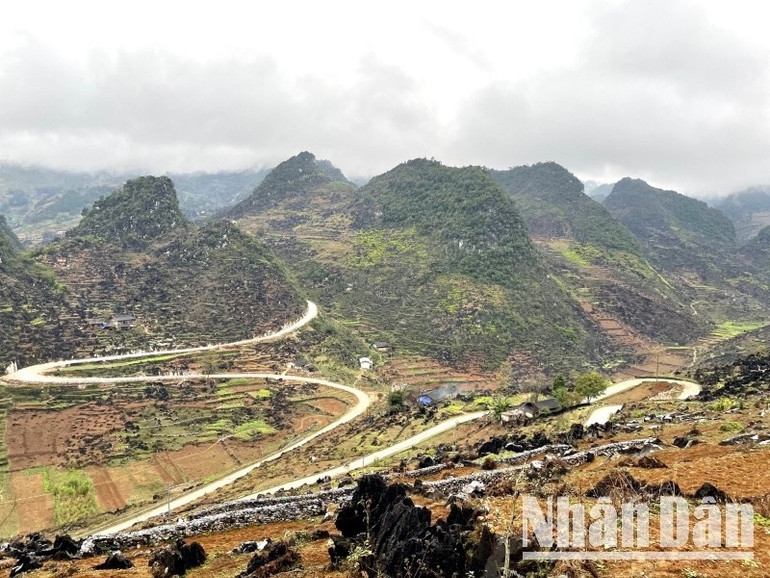
Branding associated with cultural preservation
According to tourism experts and managers, from a memory, Viet Bac can completely become a unique tourism brand, with regional connectivity and historical-cultural depth. When the whole region develops together in the spirit of sharing resources, preserving common values and building the brand "Viet Bac Tourism", this combination will contribute to promoting sustainable economy while arousing national pride and promoting the cultural character of a loyal and loyal land.
However, to effectively build the “Viet Bac Tourism” brand, a systematic and long-term linkage strategy is needed. First of all, there must be close coordination between provincial governments with guidance from the Central Government. The establishment of regional tourism promotion centers, community tourism alliances, and systematization of inter-provincial tours will help overcome the fragmented development.
At the same time, there needs to be a common communication strategy for the Viet Bac brand, from image recognition, key messages to organizing large-scale cultural-tourism events such as "Viet Bac Cultural-Tourism Week", "Journey to the Source", "Through Heritage Lands"... These events not only promote tourism but also educate about traditions, raising awareness of preserving identity for the younger generation.
One of the great advantages of developing sub-regional tourism is the ability to preserve and promote indigenous culture. When tourism becomes a livelihood, people will have more motivation to preserve their language, costumes, festivals, and traditional occupations. Then melodies, Khen sounds, ancient stilt houses, naturally dyed indigo costumes, etc. will be restored and spread through tourism experiences.
Tourism development will create conditions for indigenous elements such as stilt houses, Mong pipes, Tay then, Dao indigo shirts, etc. to not be lost, becoming tourism products with high cultural content. People will be the subjects of heritage and the ones directly involved in tourism, thereby creating a harmonious development between economy and identity preservation. Traditional festivals, handicraft villages, ethnic cuisine, indigenous architectural spaces, etc. when integrated into the chain of tourism products will increase the cultural depth of the Viet Bac brand.
This is also an opportunity for folk artists and prestigious people in the community to play a central role in sustainable tourism development. Positioning the brand in the direction of culture, history and ecology also helps increase the ability to reach international visitors with high demand for local experiences. This is a sustainable direction, creating different products, while promoting the role of the people in tourism development.
Viet Bac is not an unfamiliar name. It is a space that was once a great rear base during the resistance war, a place of memories for many generations. As the country enters a new stage of development, awakening the Viet Bac brand in the tourism sector is not only to promote the economy of the Northeast region but also to promote traditions in a proactive and creative way. In the context of merging administrative units, this is even more meaningful because the Viet Bac brand will be a bridge between the past and the present, helping to spread cultural and historical values and create humanistic depth for tourism products.
Source: https://baotuyenquang.com.vn/phat-trien-du-lich-tieu-vung-dong-bac-gan-voi-thuong-hieu-van-hoa-viet-bac-212916.html


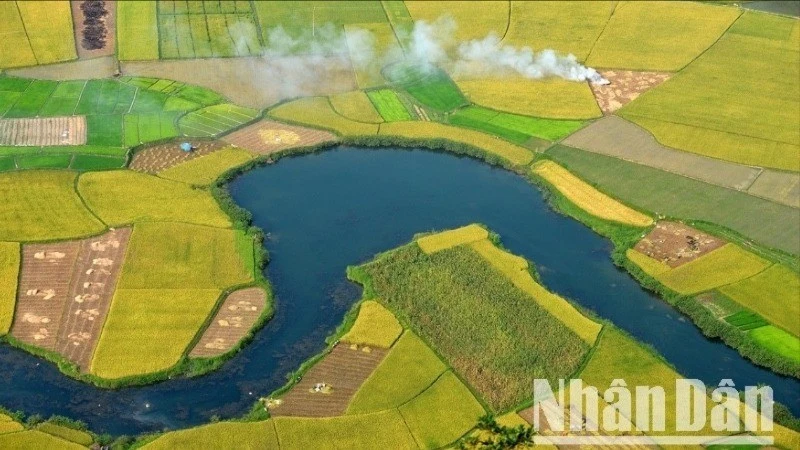


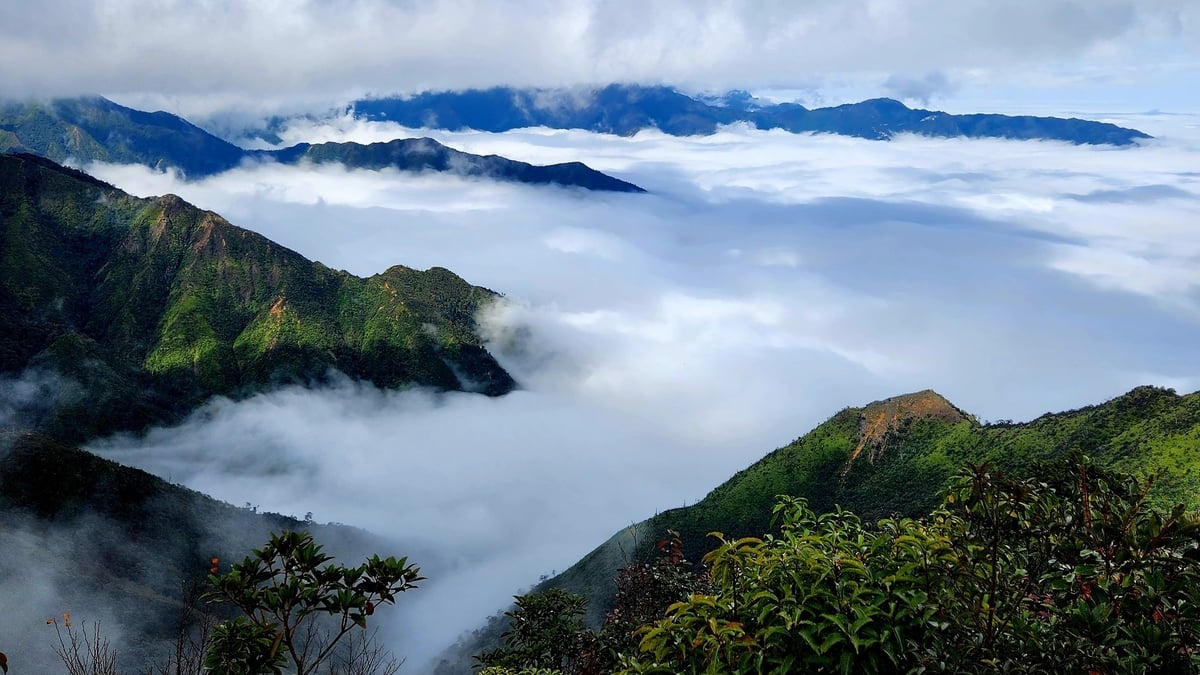

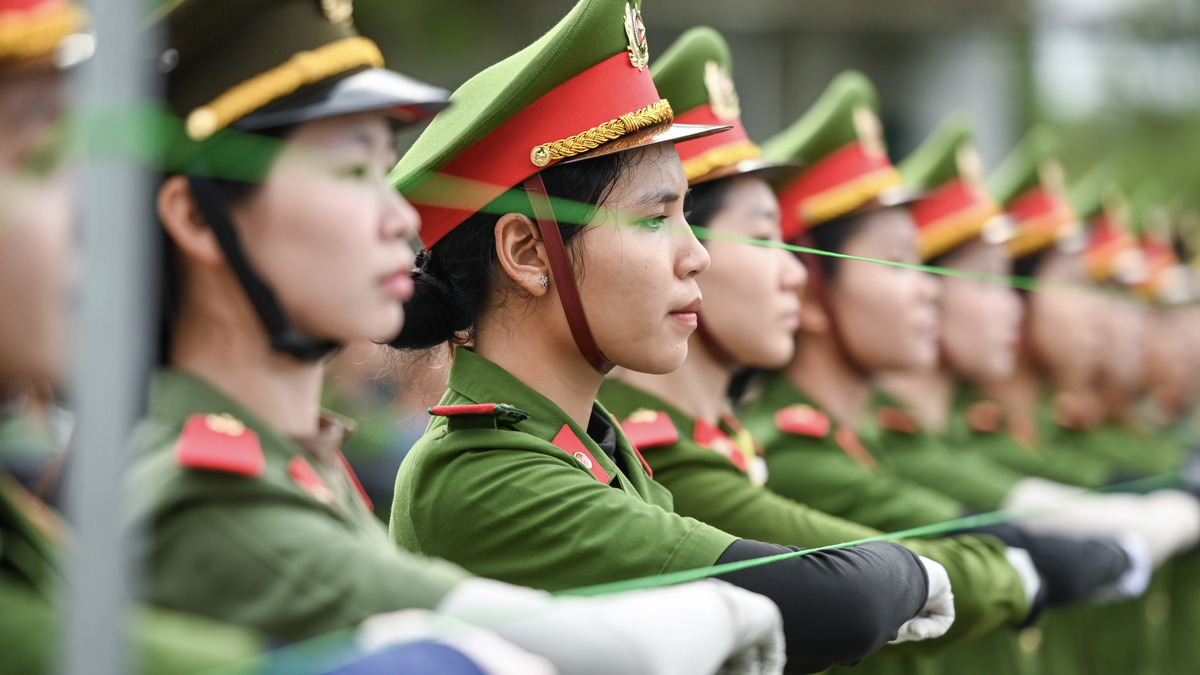




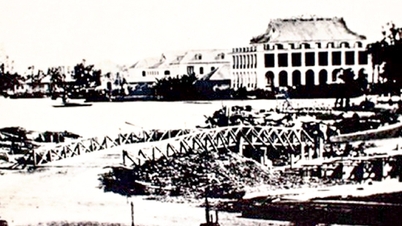
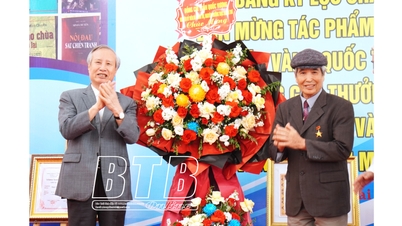


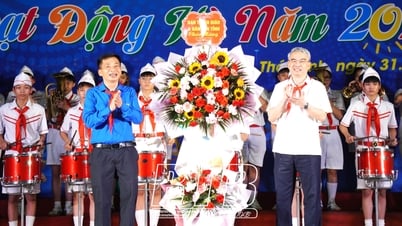




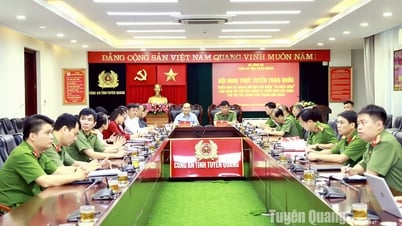
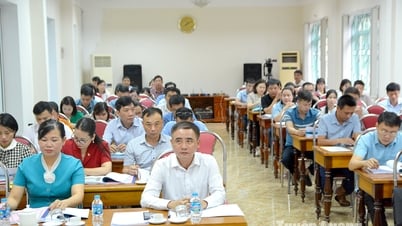
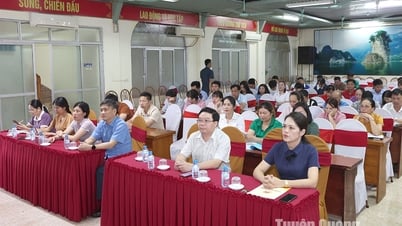
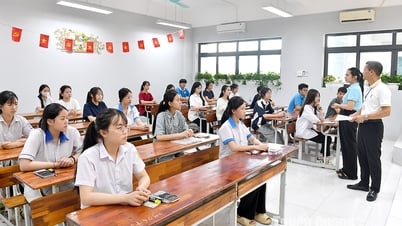
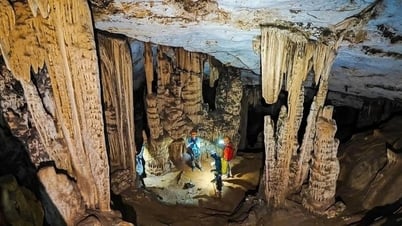
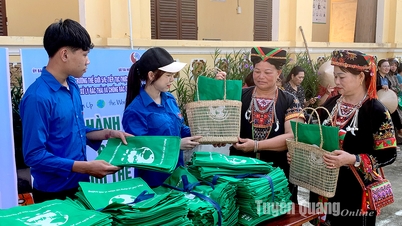

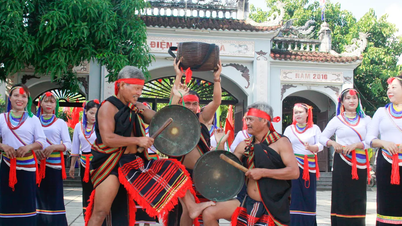

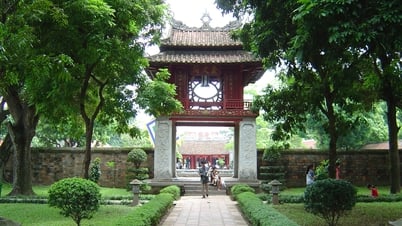

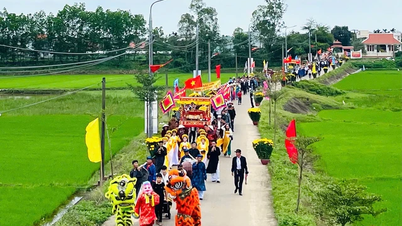

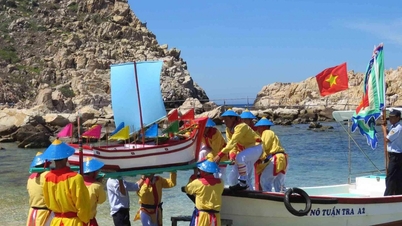

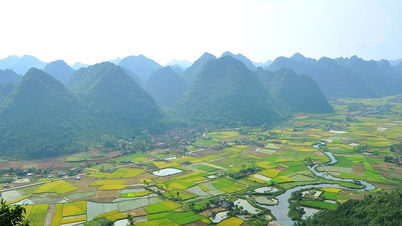

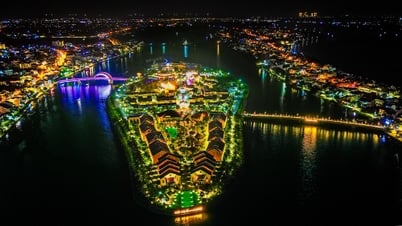













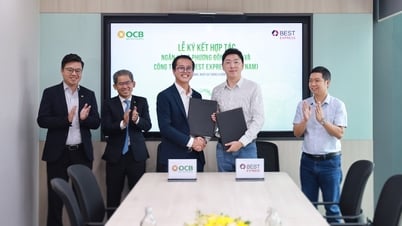

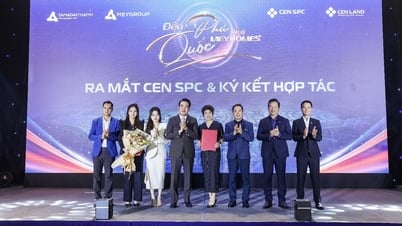
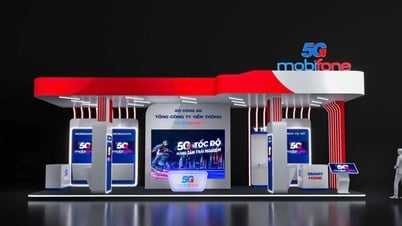


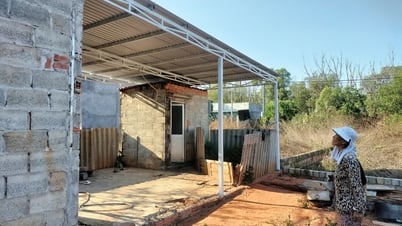
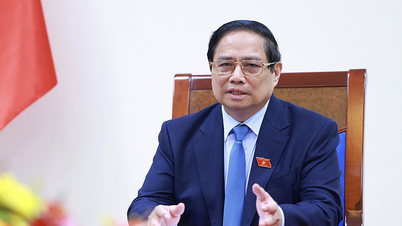




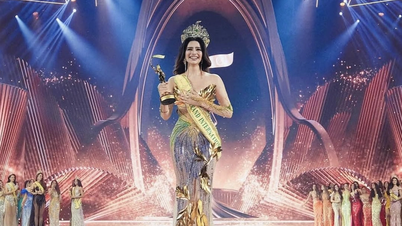





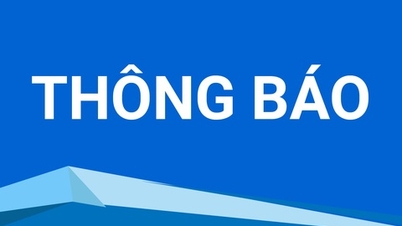




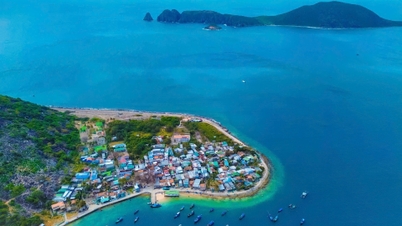

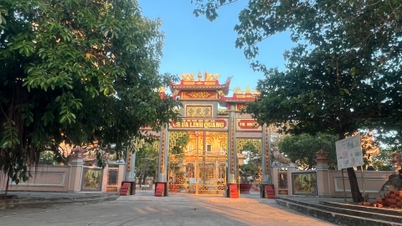




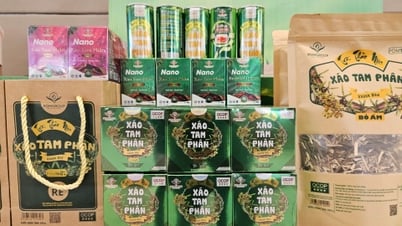

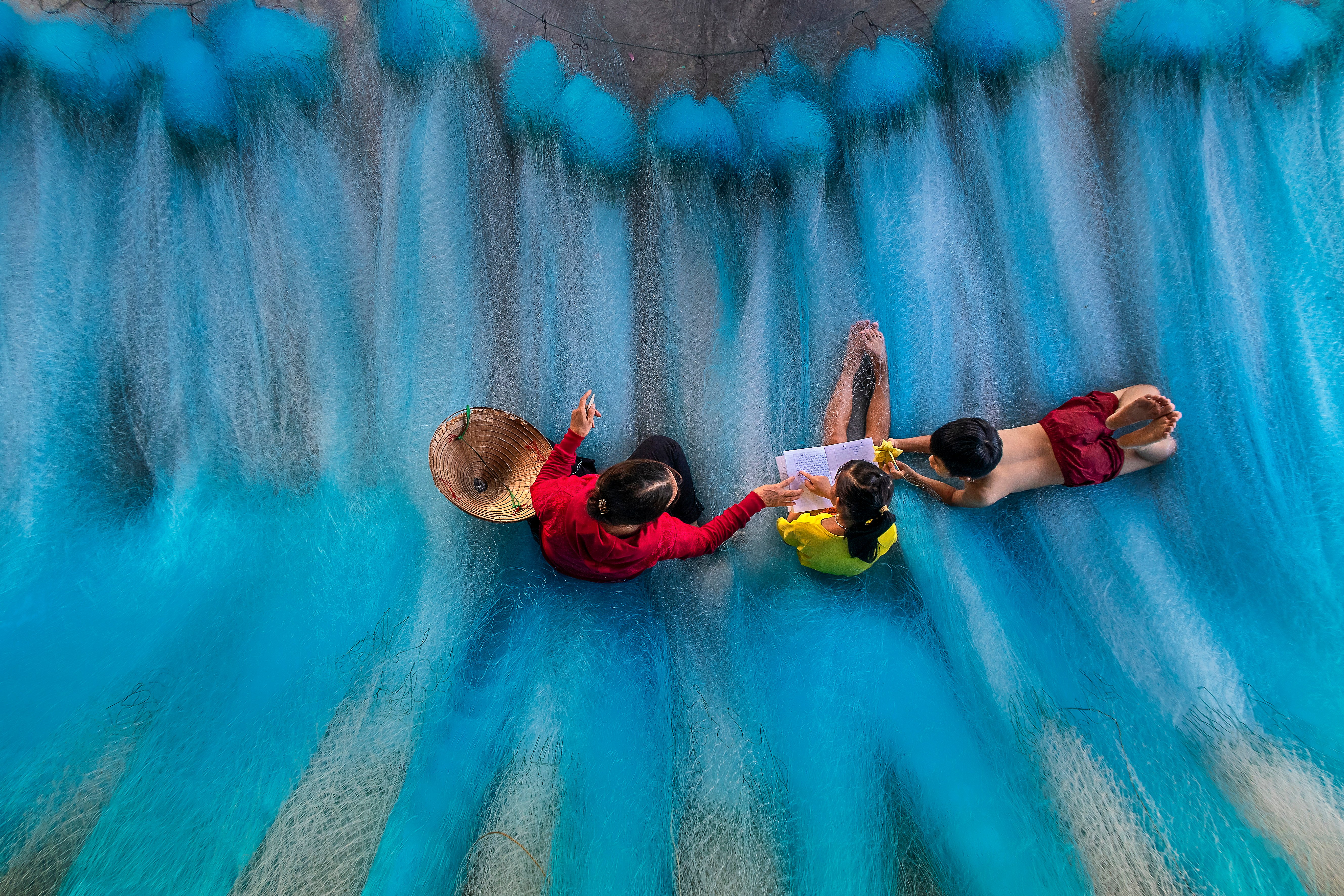

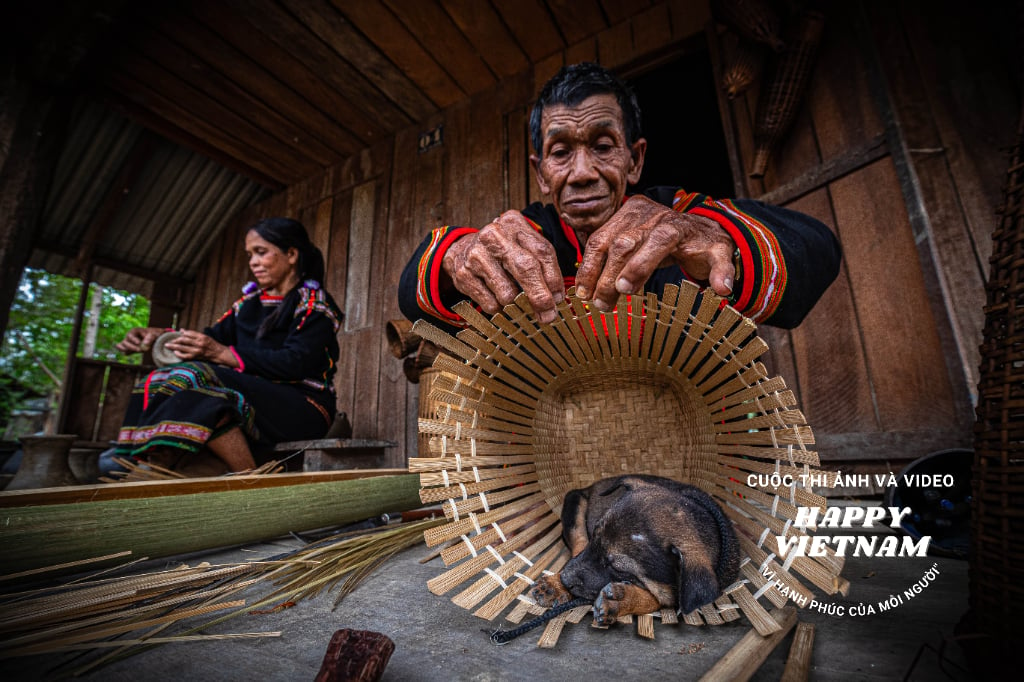

Comment (0)